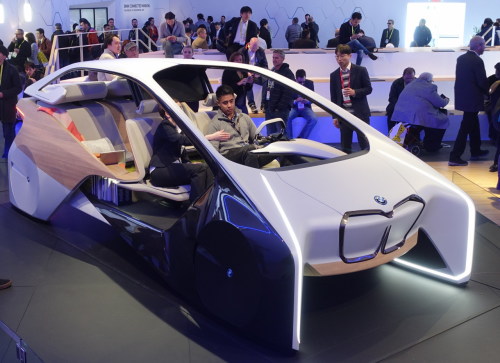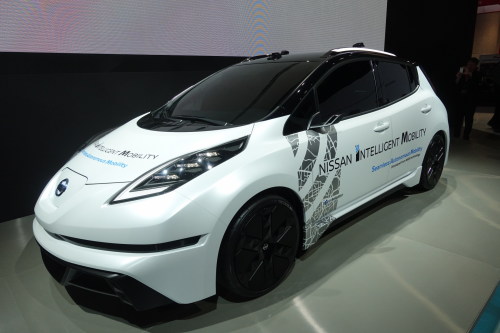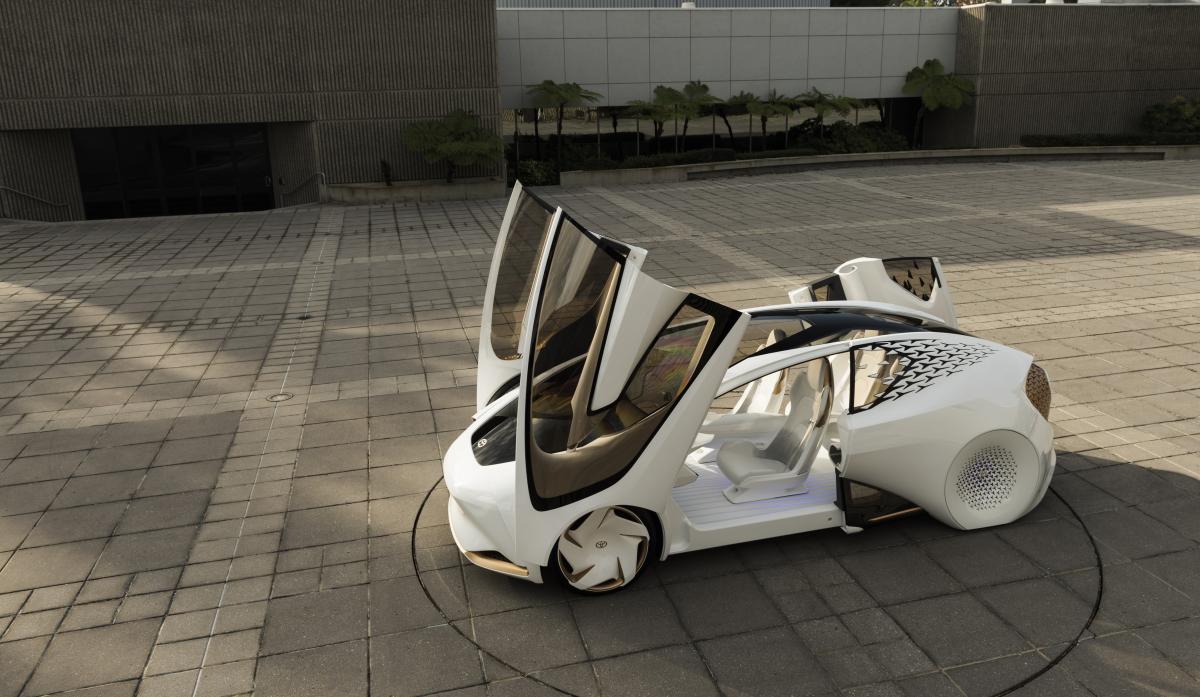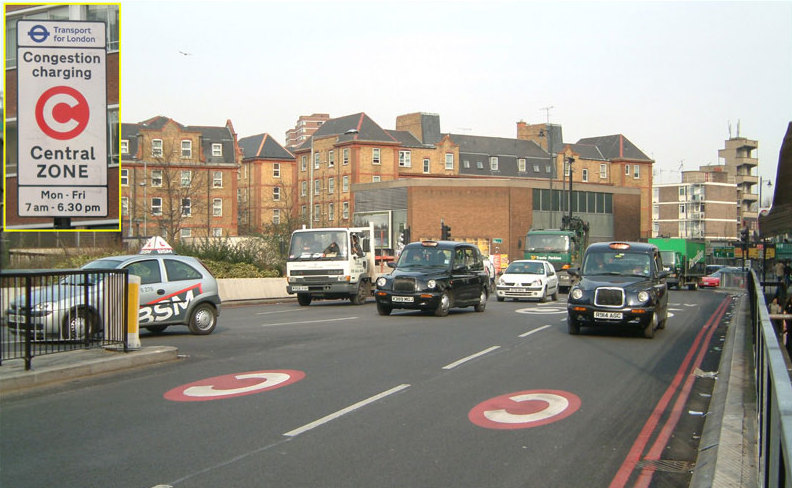Flying cars are coming, what will they mean?
Submitted by brad on Wed, 2017-01-25 16:53Earlier I posted my gallery of CES gadgets, and included a photo of the eHang 184 from China, a "personal drone" able, in theory, to carry a person up to 100kg.

Whether the eHang is real or not, some version of the personal automated flying vehicle is coming, and it's not that far away. When I talk about robocars, I am often asked "what about flying cars?" and there will indeed be competition between them. There are a variety of factors that will affect that competition, and many other social effects not yet much discussed.
The VTOL Multirotor
There are two visions of the flying car. The most common is VTOL -- vertical takeoff and landing -- something that may have no wheels at all because it's more a helicopter than a car or airplane. The recent revolution in automation and stability for multirotor helicopters -- better known as drones -- is making people wonder when we'll get one able to carry a person. Multirotors almost exclusively use electric motors because you must adjust speed very quickly to get stability and control. You also want the redundancy of multiple motors and power systems, so you can lose a rotor or a battery and still fly.
This creates a problem because electric batteries are heavy. It takes a lot of power to fly this way. Carrying more batteries means more weight -- and thus more power needed to carry the batteries. There are diminishing returns, and you can't get much speed, power or range before the batteries are dead. OK in a 3 kilo drone, not OK in a 150 kilo one.
Lots of people are experimenting with combining multirotor for takeoff and landing, and traditional "fixed wing" (standard airplane) designs to travel any distance. This is a great deal more efficient, but even so, still a challenge to do with batteries for long distance flight. Other ideas including using liquid fuels some way. Those include just using a regular liquid fuel motor to run a generator (not very efficient) or combining direct drive of a master propeller with fine-control electric drive of smaller propellers for the dynamic control needed.
Another interesting option is the autogyro, which looks like a helicopter but needs a small runway for takeoff.
The traditional aircraft
Some "flying car" efforts have made airplanes whose wings fold up so they can drive on the road. These have never "taken off" -- they usually end up a compromise that is not a very good car or a very good plane. They need airports but you can keep driving from the airport. They are not, for now, autonomous.
Some want to fly most of their miles, and drive just short distances. Some other designs are mostly for driving, but have an ability to "short hop" via parasailing or autogyro flying when desired.







 T: Why did he do it?
T: Why did he do it?
